Very rarely do people purchase brand-new appliances for their kitchen because they’ve gotten along pretty fine with what they own. However, even though food processors are nothing new, many people think they don’t need to spend money on one. Are they worth the cost, or are food processors just another nice-to-have luxury?
If you’re the type of home cook who likes trying out new recipes, or if you don’t have the most confidence in your knife skills, then a food processor is absolutely worth it. However, you should also know what makes for a good food processor.
In this guide, I’ll explain what a food processor is in greater detail, as well as how to find the best food processor for your kitchen.
What Is a Food Processor?
At the very least, a food processor will consist of the following parts:
- A cutting attachment
- A bowl
- A lid
- A base with an electric motor
The cutting attachment goes inside the bowl before closing the lid. You place the covered bowl on the base and press the start or pulse button to spin the cutting attachment at high speeds. If you toss any food ingredients in there, the blade will pulverize it to tiny chunks. Basically, a food processor processes ingredients before the cooking phase.
Food processors are great for making all sorts of recipes. They do quick work out of shredding vegetables for coleslaw, shredding chickens into tiny strips, grinding meat for meatballs and meatloaves, and mixing ingredients to make salsas and dips.
Different food processor models will come with very different capacities. For instance, cheaper food processors will only have the ability to chop vegetables into tiny, semi-uniform chunks, while costlier models will have a wide range of attachments for kneading, shredding, slicing, dicing, and spiralizing.
How Do Food Processors Differ from Blenders?
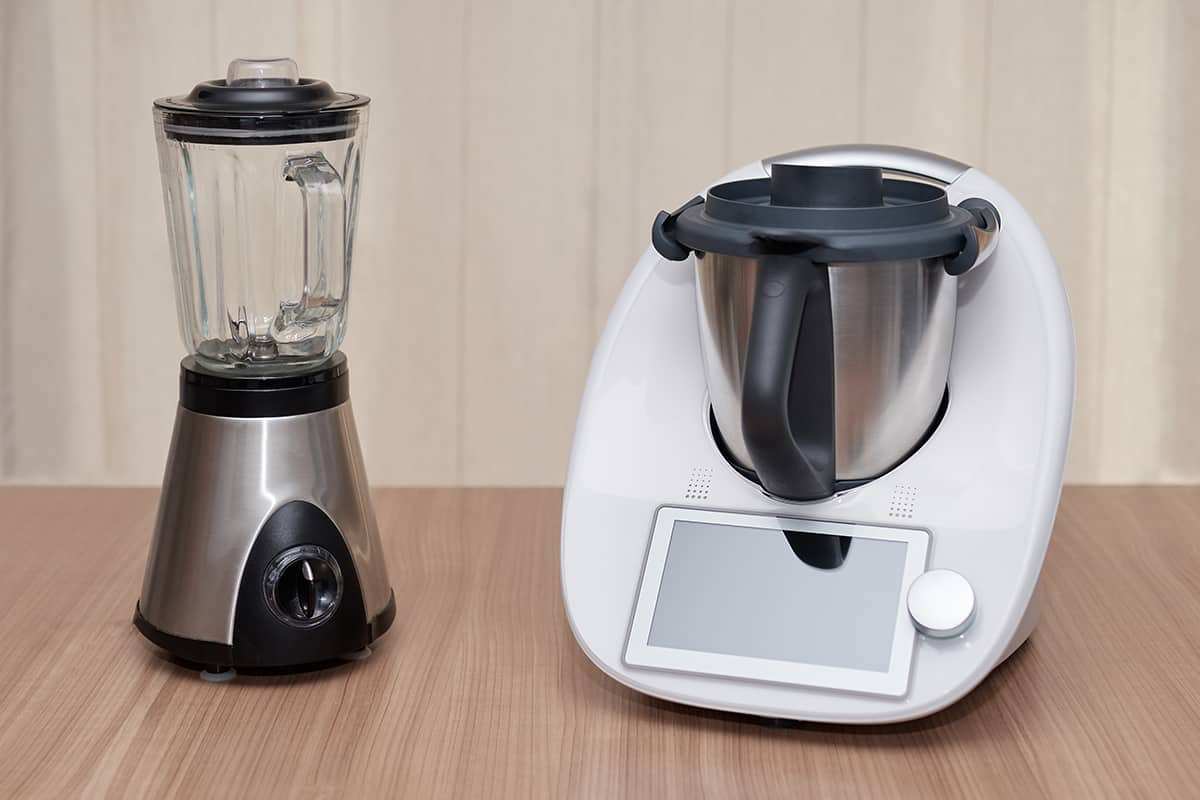
First of all, the main components of a food processor are nearly identical to those of a blender. So, what makes them different, apart from the conical pitchers that blenders come with?
To put it simply, a blender is used for turning solids into liquids. Basically, you place a handful of solid ingredients inside a blender, add water or a flavorful liquid, and press the start or pulse button to make smoothies and soups.
Food processors, on the other hand, are used primarily for pulverizing ingredients into tiny chunks, not liquifying them. However, you can add liquid to the bowl before pulsing to create smoothies, soups, dips, etc., but blenders are not usually used for chopping, slicing, and dicing ingredients.
In short, with the right attachments, a food processor can do what a blender can, but blenders can’t do everything a food processor can do.
What Can a Food Processor Do?
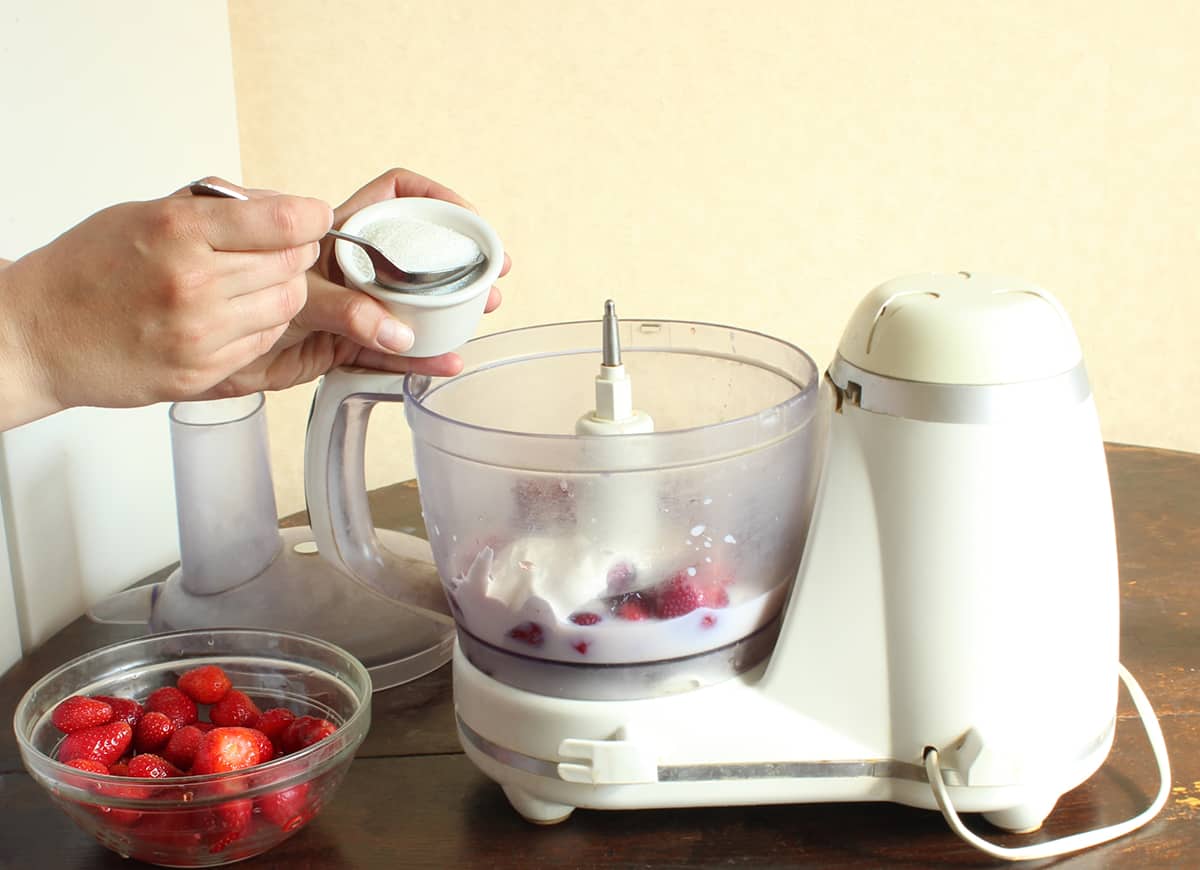
The capabilities of a food processor are heavily reliant on what sort of attachments it comes with. At the very least, a food processor will come with a standard knife attachment that consists of several blades arranged around a cylindrical shaft. This attachment is mainly used for chopping and shredding ingredients.
However, if you take a look at the various attachments that come with your food processor (or are sold separately), then you’ll realize just how much this simple kitchen appliance can do.
Julienne
Julienning is a cutting technique that results in matchstick-like ingredients. Normally, you would need a steady hand and keen eye to julienne by hand, or you would have to risk cutting the tips of your fingers while using a mandolin cutter. If you get a julienning blade disc for your food processor, you can produce uniformly thin vegetable or fruit strips in no time.
Liquifying
Earlier, I told you that a food processor could do what a blender does—i.e., liquify ingredients—but you’ll need a special attachment for that. The attachment consists of an array of perforated blades. As the blades turn, they pulverize your veggies or fruits, mixing them into a liquid base and emulsifying the mix to produce a thick consistency.
Shredding
Although the standard knife attachment can shred ingredients like chicken and cabbage, if you want uniform shreds, you will have to attach the appropriate blade disc. This disc can be used for shredding vegetables and even grating cheese. If you’ve ever cut yourself on a box grater before, you should definitely consider getting a shredding disc for your new food processor.
Dicing
Like julienning, dicing requires a lot of patience and precision. You need to cut your food ingredients into similarly sized cubes to help them cook evenly in your pot or pan. Or you can push the ingredients through a food processor’s feed chute to pass them through the dicing grid. The shredding disc will cut the ingredients into perfect cubes as long as you feed the ingredients through the grid at a consistent rate.
Whipping
You can insert a whipping disc into your food processor to make perfect whipped cream and meringue. Unlike other disc attachments, a whipping disc sits at the bottom of the bowl to agitate and introduce air into your ingredients, emulsifying them at a rapid pace. If you struggle to achieve perfectly stiff peaks, a whipping disc attachment is a perfect add-on for your food processor.
Kneading
Most people know that food processors can cut butter into fat to make pie crusts. However, what you might not know is that a food processor, like a stand mixer, has a kneading attachment. This accessory consists of multiple dull blades that stretch and fold doughs to encourage gluten development without tiring your forearms.
What to Look for in a Food Processor
Motor Power
The greater the voltage rating of your food processor’s motor, the more powerful it will be, and the better it will be at chopping hard vegetables. Some of the best food processors’ motors are rated 1000W and higher.
Attachments
It’s important to note that not all food processors are built similarly. Some of them are compatible with all the attachments listed above, while others are limited to just two or three. Food processors on the lower end of the price spectrum may not only use the standard knife attachment. So, the versatility of a food processor depends on whether you can replace the attachment.
Bowl Capacity
Larger bowls allow you to process more ingredients at a time. This allows you to serve more people in less time, which is great if you’re throwing a party or like preparing food ingredients for the week beforehand.
Functionality
All food processors are relatively easy to use and clean. However, there are food processor models with multiple presets that allow you to crush ice, make salsas, and mix smoothies. Some food processors even have built-in heaters to keep your ingredients warm.
So, Are Food Processors Worth It?
Whether or not a food processor is worth the investment depends on how frequently you use it and how much time it saves you in the kitchen. In addition, if you get a food processor, you might find yourself experimenting with all sorts of recipes you were afraid to try.
Food processors can be extremely versatile kitchen appliances. They do quick work out of breaking down vegetables and fruits into tiny, uniform chunks for even cooking. Basically, you don’t have to spend hours in the kitchen preparing your ingredients. That way, you have more time to whip up intricate dishes without breaking a sweat.
However, a food processor is only as versatile as its attachments. A high-quality food processor might cost somewhere between $150 and $300, but for that amount of money, you’re truly getting the most that the appliance has to offer. Or else, you might consider some alternatives to the food processors, but they are limited in some functions and are not as versatile as the food processor.
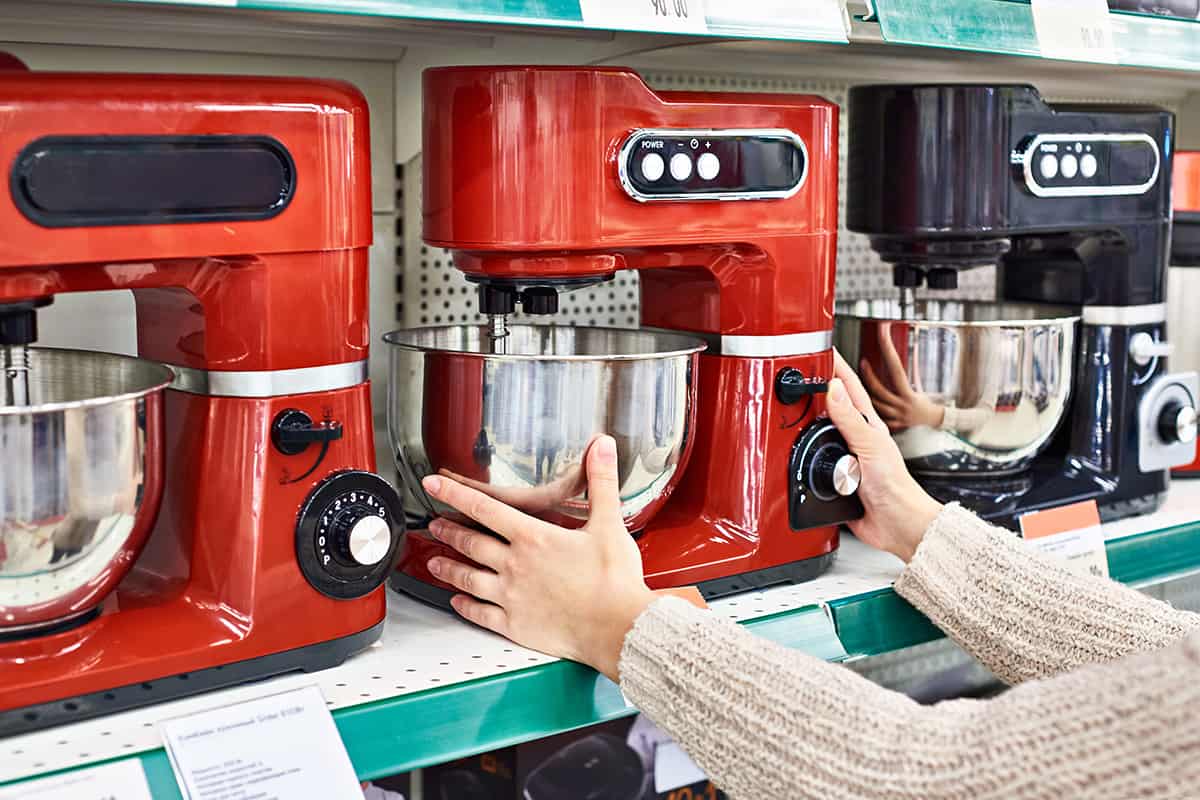
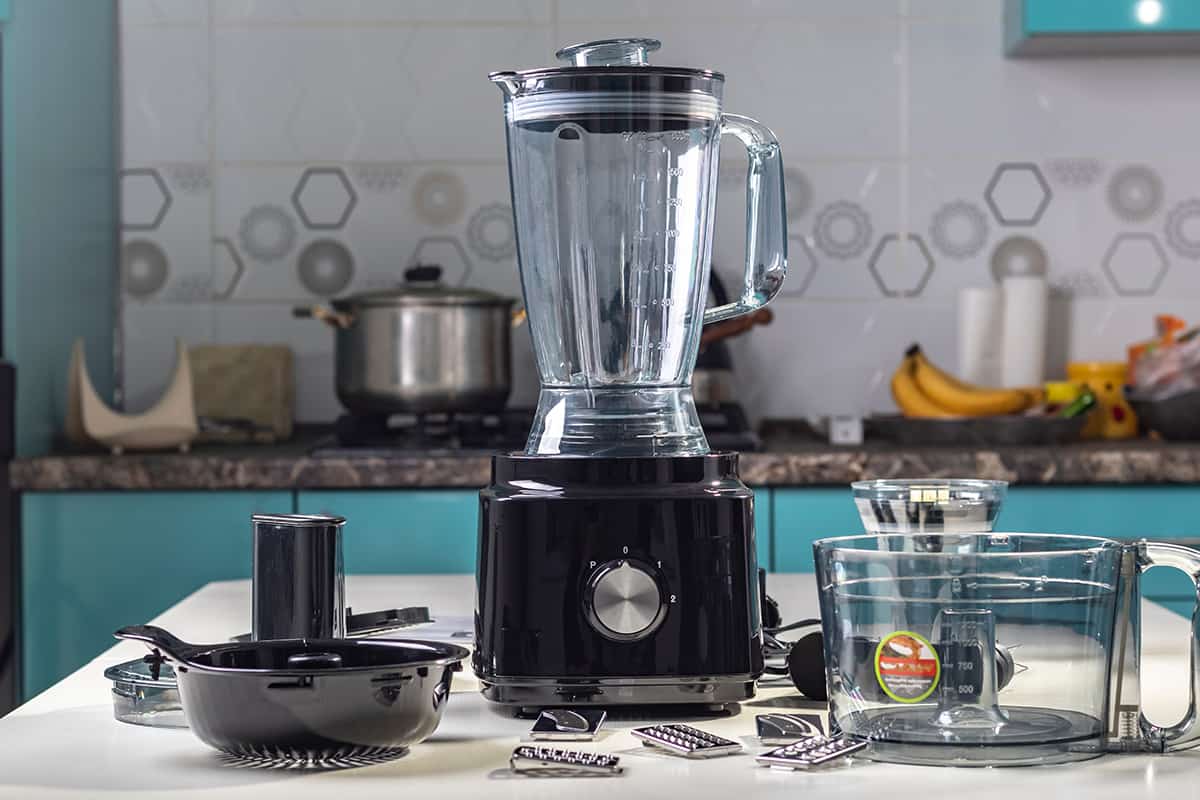

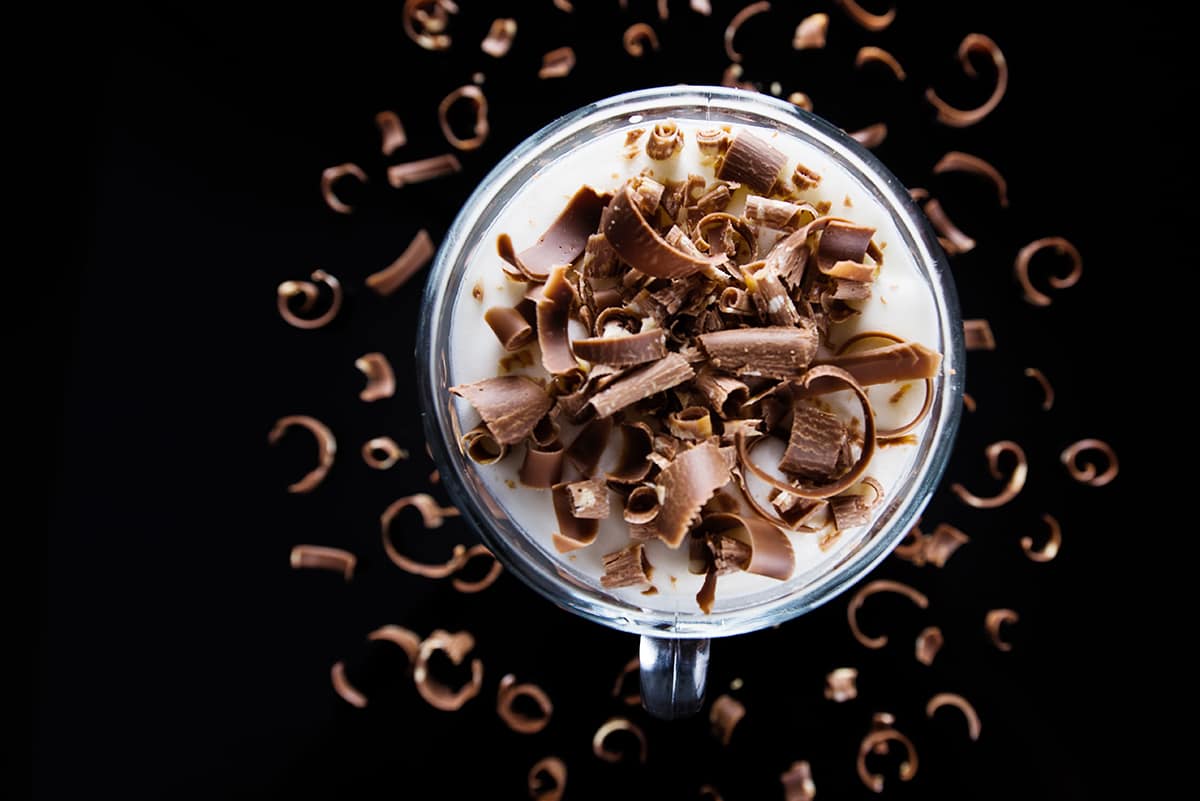
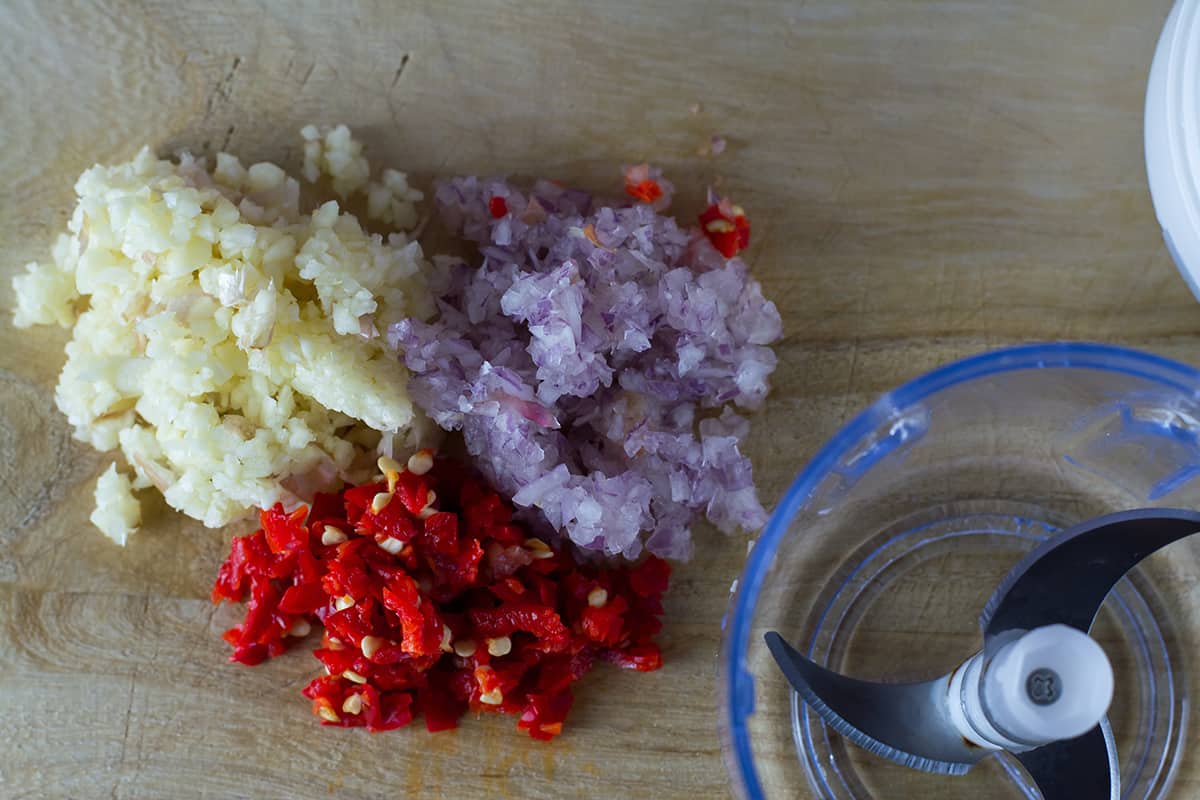
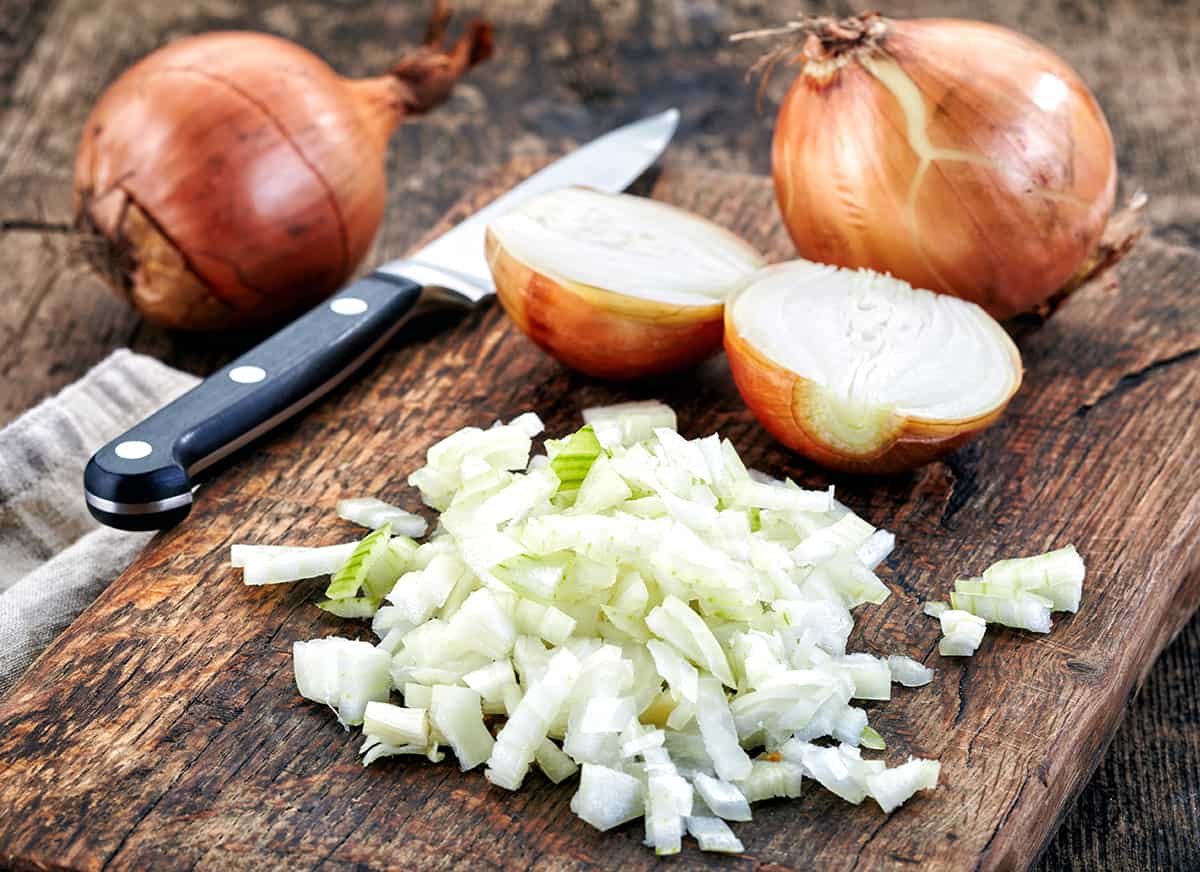
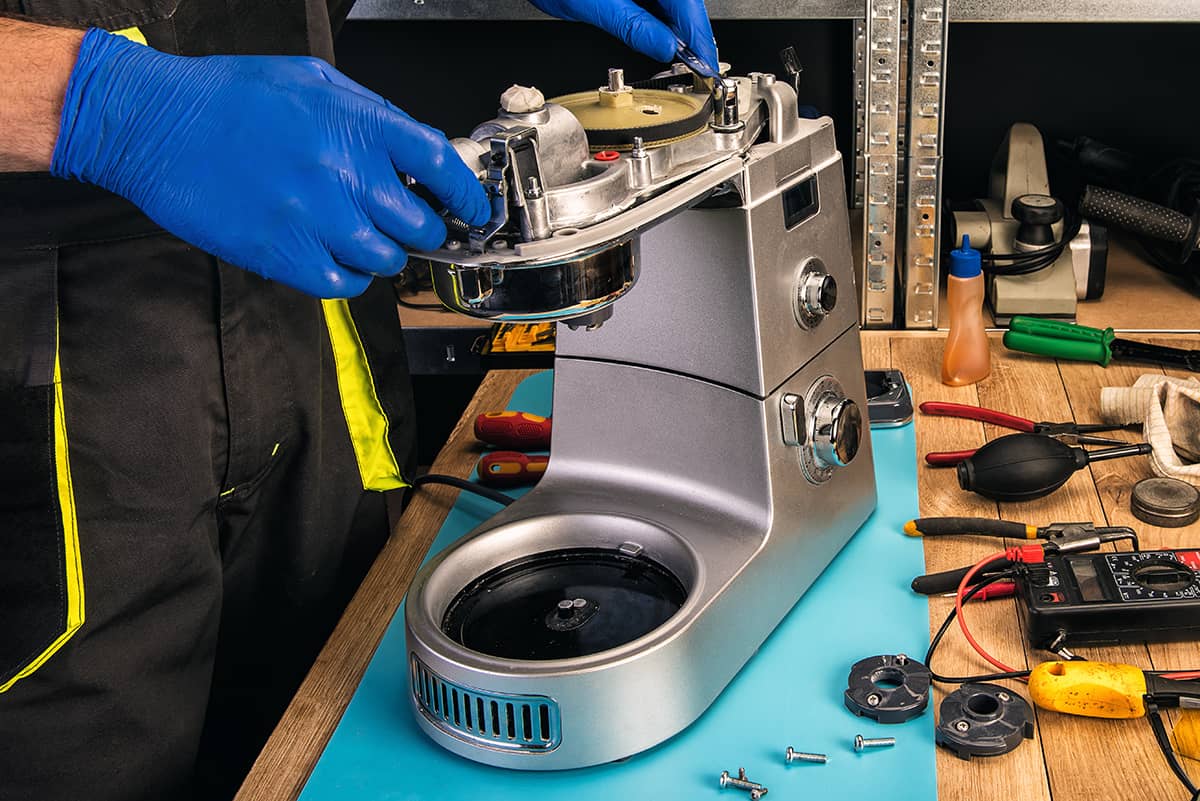
Leave a Reply